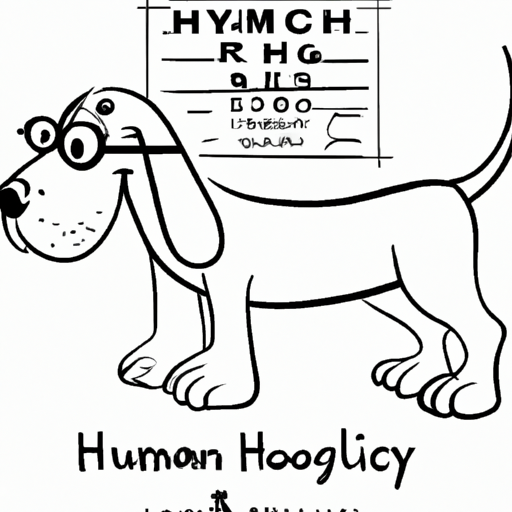Understanding Your Dog’s Vision
Your dog, the loyal companion who greets you every day with a wagging tail and a happy bark, sees the world differently than you do. While we, as humans, see a rainbow of colors and can focus on objects both near and far, your dog’s vision is different. They perceive the world in shades of blue and yellow, with objects far away appearing blurry.
- Color perception: Dogs cannot distinguish between red and green. To them, these colors appear as shades of grey. They can, however, differentiate between blue and yellow.
- Visual acuity: Dogs have less visual acuity than humans, meaning they can’t see fine details or distant objects as clearly as we can.
- Field of View: Dogs have a wider field of view than humans, which makes them excellent at detecting motion.
The Science Behind Dog Vision
Dogs see differently because their eyes are physically different from ours. They have more rods — the part of the eye that detects motion and allows for night vision — but fewer cones, which are responsible for color vision and detail.
Let’s break it down:
- Rods: Dogs have more rods than humans, allowing them to see better in the dark and pick up on slight movements.
- Cones: Humans have more cones than dogs, which allows us to see a wider spectrum of colors and more detail.
This table sums up the differences:
| Dogs | Humans | |
|---|---|---|
| Rods | More | Fewer |
| Cones | Fewer | More |
| Color Spectrum | Blue & yellow | All colors |
| Visual Acuity | Less | More |
How Dog Vision Affects Their Behavior
Your dog’s unique vision affects their behavior in a number of ways. For example, because they see better in low light and are more sensitive to motion, they might bark at a rustling leaf or a far-off movement that you don’t notice.
They’re also more likely to be attracted to blue and yellow toys, and they might struggle to find a red toy in green grass because they can’t distinguish between these colors.
Enhancing Your Dog’s Life with Their Vision in Mind
As a caregiver, knowing about your dog’s unique vision can help you make their life better. Here are some suggestions:
- Buy toys in colors they can easily see, like blue and yellow.
- Keep in mind that they’re more sensitive to movement and may be scared by quick, unexpected motions.
- Understand that they can’t see far-off objects as clearly as you can, so don’t get frustrated if they don’t come when called from a distance.
Frequently Asked Questions
1. Do dogs see in black and white?
No, dogs see in shades of blue and yellow.
2. Can dogs see in the dark?
Yes, dogs see better in low light conditions than humans do.
3. Why does my dog not notice a red toy in the grass?
Dogs can’t distinguish between red and green, so the toy likely blends in with the grass for them.
4. Can dogs see screens like TVs or phones?
Yes, but not as clearly as humans. They may be more interested in the movement on the screen than the images themselves.
5. How can I make my home more comfortable for my dog’s vision?
Use lighting that mimics natural daylight, choose blue and yellow decor when possible, and avoid sudden, unexpected movements.



